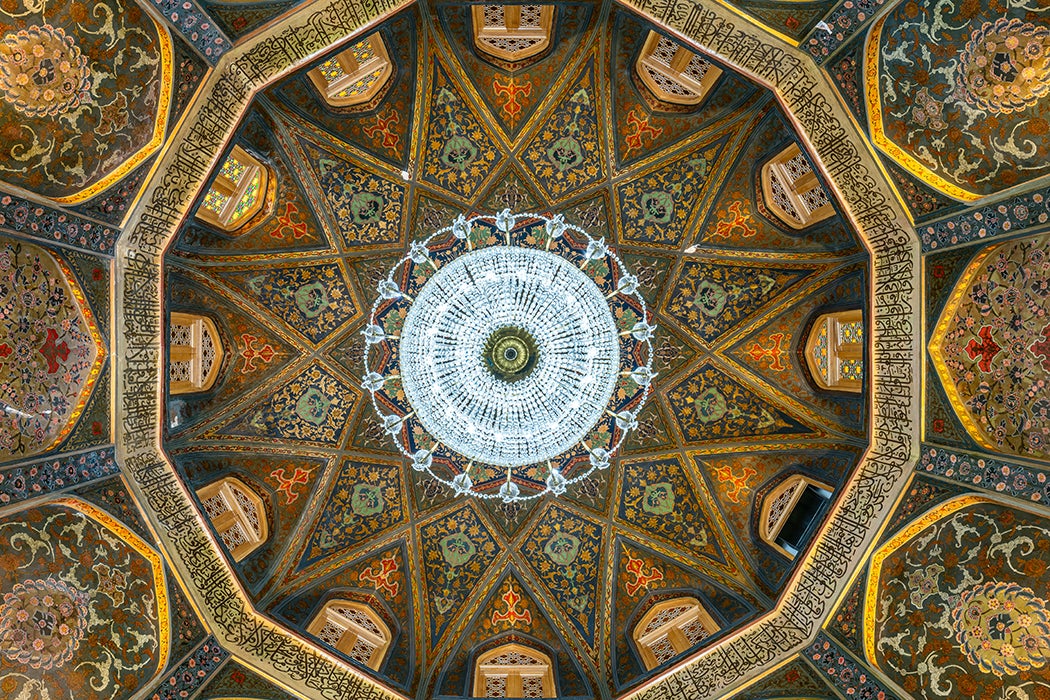In the late nineteenth and early twentieth century, people in many parts of the world were adapting to rapid scientific advances, trying to figure out how they reconciled with religious and moral systems. Iran was no different. As religion scholar Alireza Doostdar writes, one form this took was the adoption of “scientific” Spiritism—conducting experiments in speaking with the dead, in a manner similar to its Anglo-American counterpart, Spiritualism.
According to Doostdar, whether or not the Iranians who participated in these spirit-seeking experiments considered themselves Muslim, their behavior fit neatly with many ideas and practices of the Persian Islamic tradition, which had long considered knowledge to be a key to moral perfection.
The man largely responsible for bringing Spiritism to Iran was Mirza Khalil Khan Saqafi, a physician, educator, diplomat, and writer. Early in his life, he was also a committed Muslim who authored a set of moral instructions for children that called on them to obey God and the “great men of religion.” Khalil Khan traveled to Paris for further medical training in 1895. There he encountered the French Spiritism movement, whose followers attempted to communicate with the dead and explored other mysterious psychic phenomena. Like the Spiritists, he considered this a scientific undertaking.
Khalil Kahn returned to Tehran in 1899, where he became a personal physician to the nation’s new monarch, Mozaffar al-Din Shah. In the elite military and bureaucratic circles he ran in there, there was a great interest in Spiritism, with many embracing its “scientifically proven” principles.
In the mid-1920s, Khalil Khan founded the Society of Experimental Spirit Science, which met weekly and included some of Iran’s prominent military leaders. Frequently, these meetings featured a séance, in which Khalil Khan would hypnotize a frail young woman, who would pass on moralizing communications from the spirits of the dead in the “fourth dimension.” On one occasion, those gathered heard from the spirit of the accomplished prime minister Mirza Taqi Khan Amir Kabir, who explained that he had been reborn 5,000 times before living a perfect life on Earth and moving on to a comfortable afterlife. On the other hand, the fourteenth-century poet Hafez expressed remorse for his debauched and drunken life.
“According to Kalil Khan and other Spiritists,” reports Doostdar, “the moral principles garnered from conversations with the souls of the dead amounted to positive knowledge as good as any other scientific fact.”
Khalil Khan and colleagues hoped that systematic scientific inquiry would yield a universal moral system based not in the world’s varied traditions, but in objective fact. With his conversion to Spiritism, Khalil Khan had abandoned any references to Islamic tradition. Yet, his views as a Spiritist were very much in line with the religion’s teachings.
Weekly Newsletter
“Spiritism enabled these intellectuals, as it did many of their fellow travelers in Europe and elsewhere, to ground their religious cosmologies in what they took to be universal modern science,” Doostdar concludes.
Over time, Spiritist practices spread beyond the network of the scientifically committed to become part of the mainstream. By the late 1960s, “summoning spirits” was such a common activity that Muslim critics considered it an epidemic and set out to refute the idea that séances could allow for communication with the dead.







